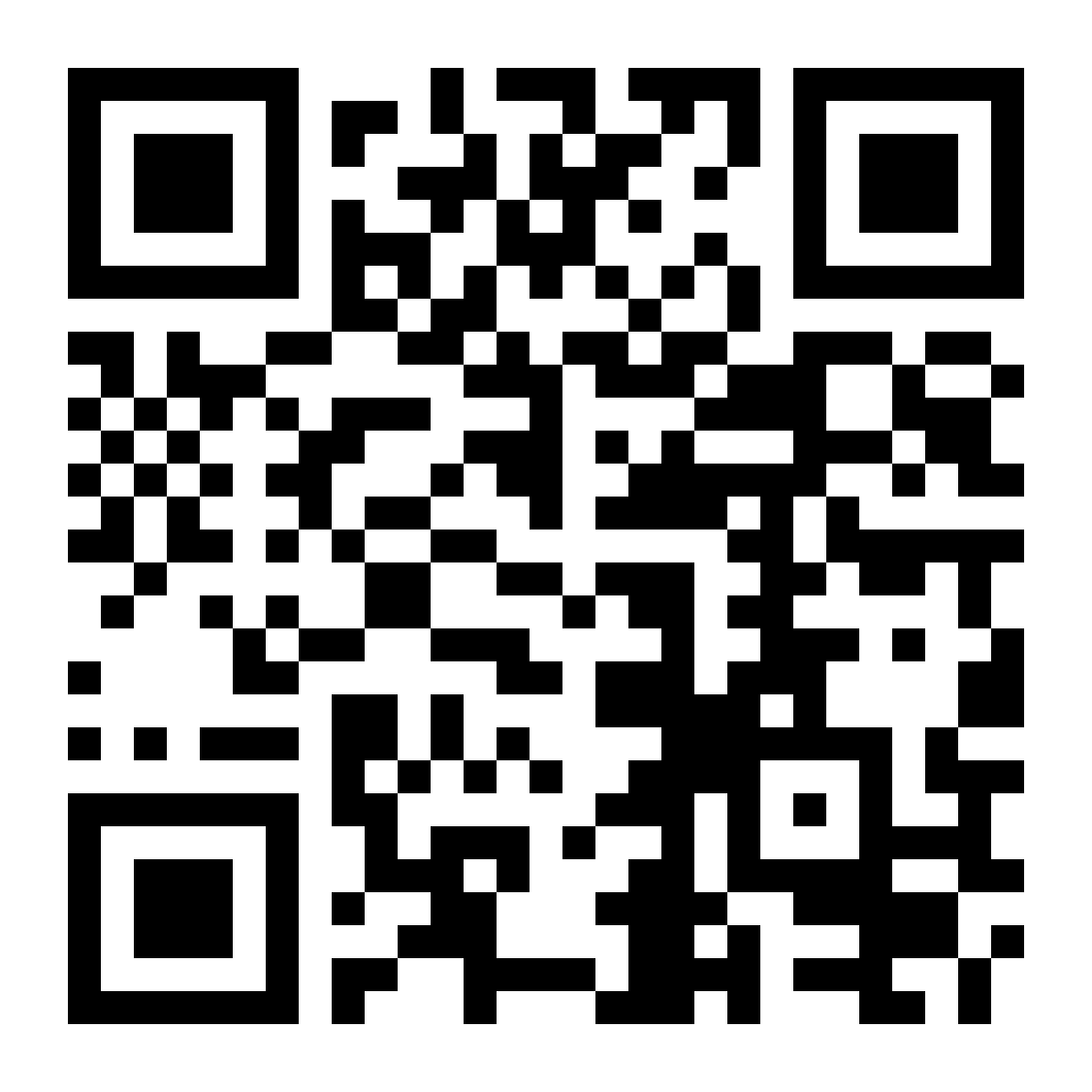Taxation plays a vital role in ensuring fair economic practices among businesses. However, certain companies with substantial book profits often manage to reduce their taxable income significantly through exemptions and deductions. To address this disparity, the Indian government introduced Minimum Alternate Tax (MAT). MAT ensures that companies pay a minimum amount of tax, thereby preventing tax avoidance. This article explores the meaning, calculation, and eligibility criteria of MAT, along with actionable insights for companies seeking clarity on this tax mechanism.
Minimum Alternate Tax(MAT)
MAT (Minimum Alternate Tax) was introduced to ensure companies pay a minimum amount of tax, even if their book profits are high but taxable income is low.
Introduction
What is Minimum Alternate Tax
Minimum Alternate Tax (MAT) is a provision introduced under Section 115JB of the Income Tax Act, 1961. It ensures that companies with high book profits but minimal taxable income contribute a minimum amount of tax to the government. MAT primarily applies to companies that leverage deductions, exemptions, or incentives to lower their tax liability.
MAT is calculated based on the book profits of a company, which are derived from its profit and loss account prepared as per the Companies Act. If the income tax payable by a company is less than 15 percent of its book profits, MAT becomes applicable, and the company must pay tax at the specified rate. This mechanism helps maintain equity in the tax system and prevents companies from avoiding taxes entirely.
How to Calculate MAT?
The calculation of MAT is straightforward but requires adherence to specific rules. Companies must compute their book profits and apply the prescribed rate of 15 percent (as per current regulations). To simplify the process, companies can use an amt tax calculator to ensure accuracy.
Additions to the net profit (if debited to the profit and loss account)
Certain items must be added back to the net profit while calculating book profits for MAT. These include:
- Income tax paid or payable.
- Provisions for unascertained liabilities.
- Depreciation as per books of accounts.
- Dividends paid or proposed.
Deletions to the net profit (if credited to the profit and loss account)
Similarly, certain items must be deducted from the net profit while calculating book profits for MAT. These include:
- Income exempt under Section 10.
- Profits from units in Special Economic Zones (SEZs).
- Revaluation reserve adjustments.
Once these adjustments are made to the net profit, the book profit is multiplied by the MAT rate of 15 percent to determine the tax liability.
What is MAT Credit?
MAT credit refers to the excess tax paid under MAT that can be carried forward and utilised in subsequent years. If the tax payable under regular provisions in future years exceeds the MAT liability, companies can offset the excess MAT paid earlier against their regular tax liability.
MAT credit can be carried forward for up to 15 assessment years, as per current regulations. However, it is important to note that MAT credit cannot be refunded; it can only be utilised to reduce future tax liability. This provision ensures that companies are not penalised for paying MAT when their regular tax liability increases in subsequent years.
Illustration
To better understand MAT calculation, let us consider an example:
| Particulars | Amount (Rs.) |
|---|---|
| Net profit as per profit and loss account | 50,00,000 |
| Add: Income tax paid | 2,00,000 |
| Add: Depreciation | 5,00,000 |
| Less: Income exempt under Section 10 | 3,00,000 |
| Book profit | 54,00,000 |
| MAT @ 15% of book profit | 8,10,000 |
In this example, the company must pay Rs. 8,10,000 as MAT since it exceeds its regular tax liability.
Conclusion
Minimum Alternate Tax (MAT) is a crucial provision that ensures companies contribute their fair share of taxes, irrespective of exemptions and deductions. By understanding MAT, its calculation, and the concept of MAT credit, companies can make informed decisions and plan their tax liabilities effectively. Staying compliant with MAT regulations not only prevents tax avoidance but also fosters trust and transparency in financial practices.
Frequently Asked Questions
The alternative minimum tax (AMT) is similar to MAT but applies to individuals, Hindu Undivided Families (HUFs), and other non-corporate entities. It ensures that taxpayers with substantial income pay a minimum tax despite deductions and exemptions.
The AMT limit is determined based on the individual's or entity's adjusted total income. For individuals and HUFs, AMT applies if their adjusted total income exceeds Rs. 20,00,000.
For MAT, the alternate tax rate is 15 percent of the book profit. For AMT, the rate varies depending on the taxpayer category and income level, as prescribed under the Income Tax Act.
Related articles
Related videos
Bajaj Finserv App for All Your Financial Needs and Goals
Trusted by 50 million+ customers in India, Bajaj Finserv App is a one-stop solution for all your financial needs and goals.
You can use the Bajaj Finserv App to:
- Apply for loans online, such as Instant Personal Loan, Home Loan, Business Loan, Gold Loan, and more.
- Explore and apply for co-branded credit cards online.
- Invest in fixed deposits and mutual funds on the app.
- Choose from multiple insurance for your health, motor and even pocket insurance, from various insurance providers.
- Pay and manage your bills and recharges using the BBPS platform. Use Bajaj Pay and Bajaj Wallet for quick and simple money transfers and transactions.
- Apply for Insta EMI Card and get a pre-approved limit on the app. Explore over 1 million products on the app that can be purchased from a partner store on easy EMIs.
- Shop from over 100+ brand partners that offer a diverse range of products and services.
- Use specialised tools like EMI calculators, SIP Calculators
- Check your credit score, download loan statements and even get quick customer support—all on the app.
Download the Bajaj Finserv App today and experience the convenience of managing your finances on one app.
Download App
Now request money from your friends and family and make instant payments.

- 1. Apply for Loans: Choose from personal, business, gold loans and more
- 2. Transact: Pay utility bills, use UPI, get FASTag and more
- 3. Shop: Buy over 1 million products on No Cost EMI
- 4. Invest: Buy stocks, mutual funds and invest in FD

















